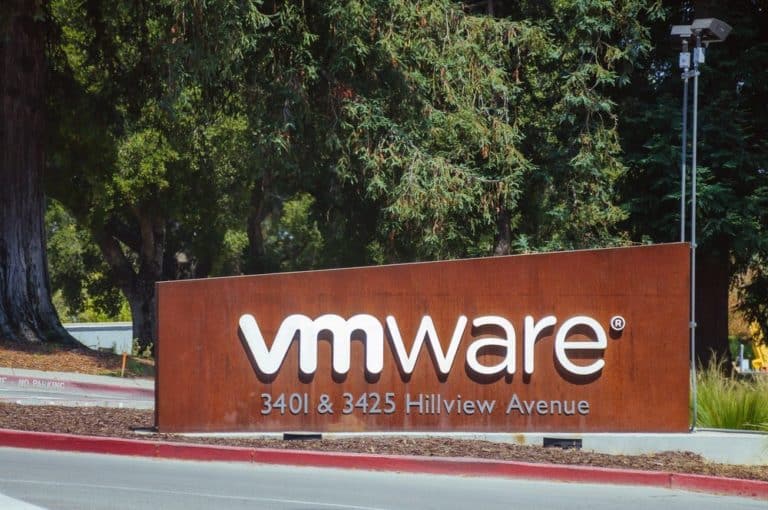The company believes its “enhanced HCI Mesh” in vSAN 7 Update 2 will please its customers.
VMware has unveiled a new version of its vSAN virtual storage array. The new configuration has essentially “unconverged” the company’s hyperconverged infrastructure.
Hyperconverged infrastructure (HCI) found success in the market because it replaced separate servers with “nodes” that helped companies scale easily. A company could scale its HCI facility simply by adding new nodes. VMware has become a leader in the hyperconverged infrastructure (HCI) market with over 40% share of the market.
But those HCI nodes are big, bulky, expensive things. That meant that scaling of HCI based storage and compute could become expensive. VMware is addressing that economic problem with its new “enhanced HCI Mesh” in vSAN 7 Update 2.
What’s new in the vSAN 7 Update 2
The release means a compute cluster not in an HCI node can remotely use storage from a vSAN cluster located in the same data centre.
John Nicholson, VMware Senior Technical Marketing Architect, detailed the Update 2 release in a blog post this week. The vSAN Update 2, he says, “delivers flexible, resilient, and future ready infrastructure that allows our customers to meet dynamic business and workload demands without compromising on efficiency, performance, or resiliency.”
According to Nicholson, with vSAN 7 Update 2, traditional vSphere clusters can mount a remote vSAN datastore. HCI Mesh compute clusters can consume storage resources provided by a remote vSAN cluster, he writes. They do this in the same way that multiple vSphere clusters connect to a traditional storage array.
“HCI Mesh compute clusters use native vSAN protocols for maximum efficiency,” he says, “and affords the customer the ability to easily meet a broad variety of use cases.”
The latest versions of vSAN include several enhancements that further improve efficiency, resilience, and performance, Nicholson adds.
